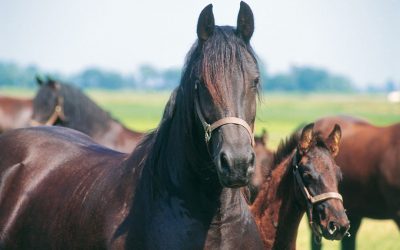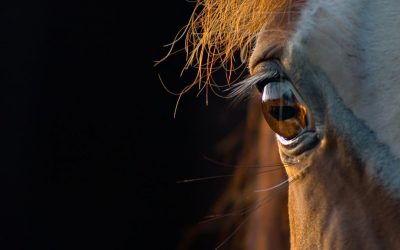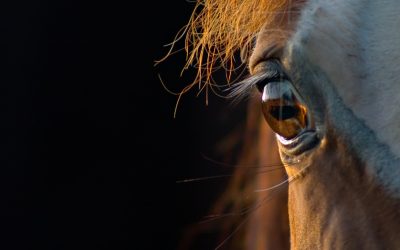LFA’s Equine R&D manager named ‘Young Scientist of the Year’ for work on laminitis and forage digestibility
Lesaffre Feed Additives Celtic’s (LFA Celtic) Equine R&D manager, Catherine Hale, was named ‘Young Scientist of the Year’ at the recent European Workshop on Equine Nutrition (EWEN) conference, held in Lisbon, Portugal.
Catherine presented part of her PhD data, which has centred around increasing the digestibility of forages in horses. Her work has uncovered exciting new findings relating to laminitis, one of the major health problems in horses.
She has found that animals with a previous history of laminitis appear to have compromised fermentation within the hind gut.
"As hind gut fermenters, horses rely on a symbiotic relationship with bacteria which reside in the caecum and colon, to breakdown fibre. Forage can provide up to 70 per cent of the energy required by the horse, so any form of dysbiosis in the hind gut can lead to serious health problems.
"There are varying forms of laminitis, and I specifically looked at those horses which had suffered from dietary-induced laminitis. This usually occurs when horses are fed high quantities of non-structural carbohydrates (NSC), often in the form of starch. Cereal grains such as oats and barley, which are common feed ingredients in horse feed, can contain high amounts of starch, and if fed in large quantities may induce laminitis. Horses are not well adapted to break down starch, and so if too much is fed, the horse is unable to hydrolyse the starch in the small intestine. When this occurs, starch is ‘dumped’ into the hind gut and is rapidly fermented by the bacteria there.
"The bacteria produce lactic acid as a by-product of starch fermentation, which kills the ‘good’ gut bacteria. When this happens, the bacterial population changes, allowing more lactic-acid producing bacteria to survive. It is this change which is thought to set of a chain reaction which can eventually lead to the development of laminitis."
Catherine’s paper concentrates on the different fermentation profiles of bacteria taken from normal healthy horses and those with a history of laminitis. Catherine found that horses with a history of laminitis, fermented starch significantly faster than normal horses, and fermented hay significantly less than normal horses.
These findings have far-reaching consequences for laminitic-prone animals; if they are fed high amounts of NSCs, then they may ferment this faster than normal horses, meaning that more lactic acid could be produced faster. It also as consequences for sports horses who have suffered from laminitis in the past, as they may be unable to utilise forage as well as normal horses.











